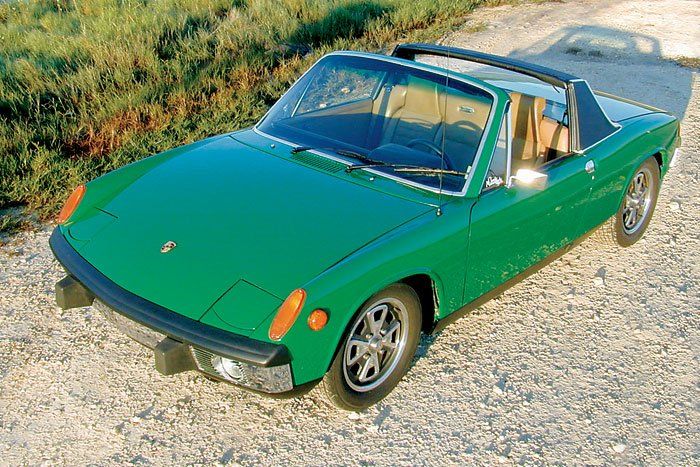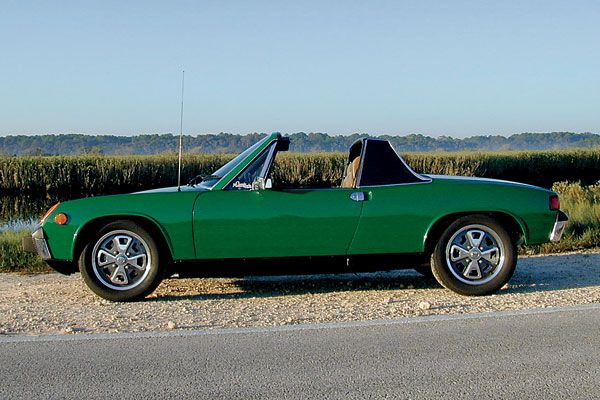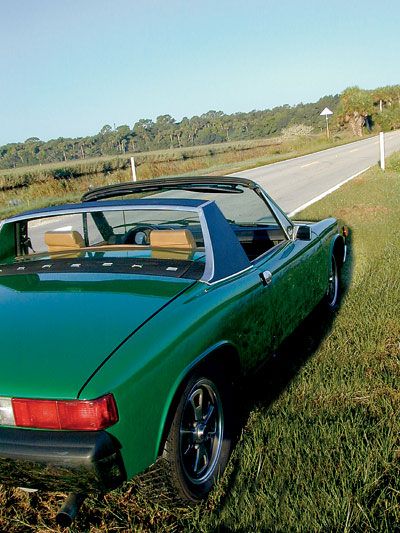本帖最後由 spriggan0000 於 2013-7-28 09:40 AM 編輯
1970 Porsche 914
In January of 1970, the 914 became available as the Porsche 914 in the U.S.(although there was only some small script on the engine lid to indicate that it was a Porsche) and as the VW/Porsche 914 in Europe. The car as introduced was a good product, but it had a few real problems. Perhaps because of its mixed parentage, the automotive press lambasted it, greeting the debutante with mediocre marks and some really terrible reviews.
On the plus side, the 914 was a true engineering marvel. The tub, despite being of targa-top design, had the rigidity of a 911 coupe. The car handled incredibly well. Driver comfort, by sports car terms, was wonderful. The two-trunk setup offered a lot of room for luggage, and the targa panel stored neatly in one of the trunks.
The torsion-bar front suspension was lifted straight from the 911, but front hubs were VW 411 units. Rear suspension was an all-new independent, trailing arm design featuring big 11.05-inch rear discs instead of the VW 411 drums, and the four-wheel-disc brakes worked pretty well. Few other cars in this price range offered all-independent suspension, fuel injection, a five-speed transmission—and the Porsche name. At the $3500 introductory price, the 914 appeared to be quite a bargain indeed. Unfortunately, the 1.7-liter Volkswagen flat-four was just too anemic. A Porsche with VW power and zero-to-60 times in the 13-second range found little favor among road testers of the day.
What made the car even more annoying, and contributed to the poor zero-to-60 times, was the terrible shift linkage on the supposedly glorious five-speed that was linked to the power-challenged engine. Reviewers castigated this setup, saying it ruined an otherwise good car. In contrast, the 914-6, with its 2.0-liter, six-cylinder Porsche engine, was thought to be a wonderful car, even though the engine was the only difference. The only complaint with the six was the price, an issue that killed the car after only two years of production.


 |

